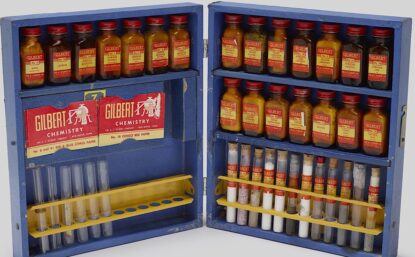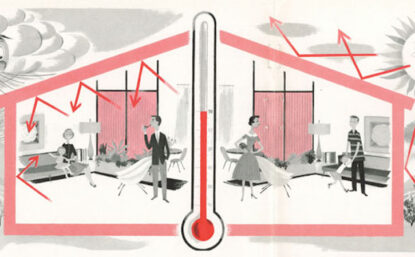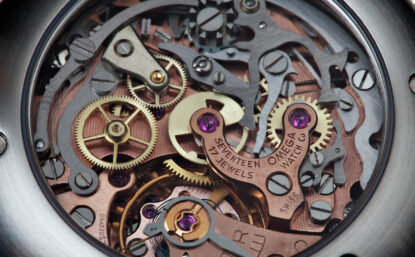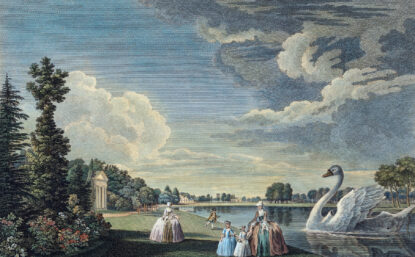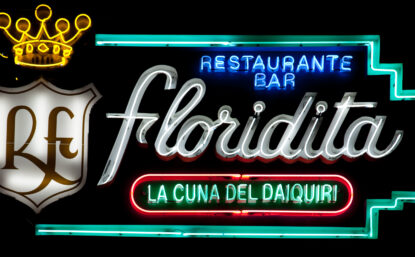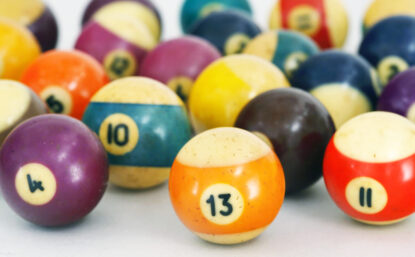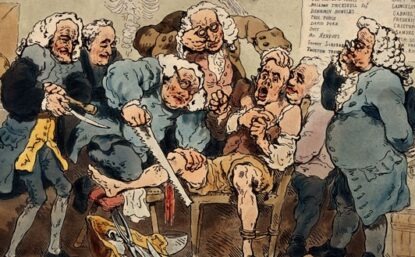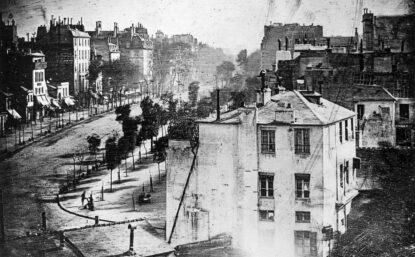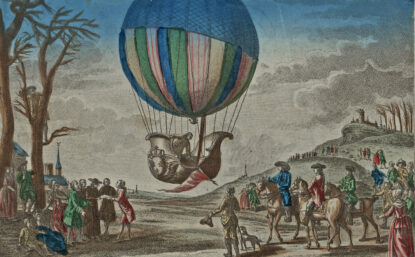Jane E. Boyd
More from Jane E. Boyd
Science at Play
Discover the history of chemistry sets and how these miniature laboratories for children contained much more than their parts.
In the Pink
Winter’s coming, so wrap up and discover the history of home insulation.
Making Gemstones
How hard can it be to make a gemstone? Plenty hard. People have been trying for almost 2,000 years, but success finally beckoned in 19th-century France.
No Ill Nature: The Surprising History and Science of Poison Ivy and Its Relatives
Do you think of poison ivy as a scurrilous weed to be avoided at all costs? Think again! There was a time when the daring and curious found promise in poison ivy and its rash-inducing relatives.
A Blaze of Crimson Light: The Story of Neon
Neon is a dull and invisible gas until it’s trapped in a tube and zapped with electricity. Literally pulled out of thin air, it became a symbol of progress and an essential component of the electronic age.
Celluloid: The Eternal Substitute
Before becoming a synonym for cinema, celluloid was used to imitate expensive materials like ivory, tortoiseshell, and linen.
Painless Dreams
In the 19th century, chemical oblivion replaced liquor, opiates, and bleeding as the numbing agent of choice for surgeons.
Silver and Sunlight
In the early 19th century people dreamed of using light to paint permanent images.
Artificial Clouds and Inflammable Air: The Science and Spectacle of the First Balloon Flights, 1783
The first balloons, both hot-air and hydrogen powered, drew spectacular crowds and set off a craze—balloonomania!

